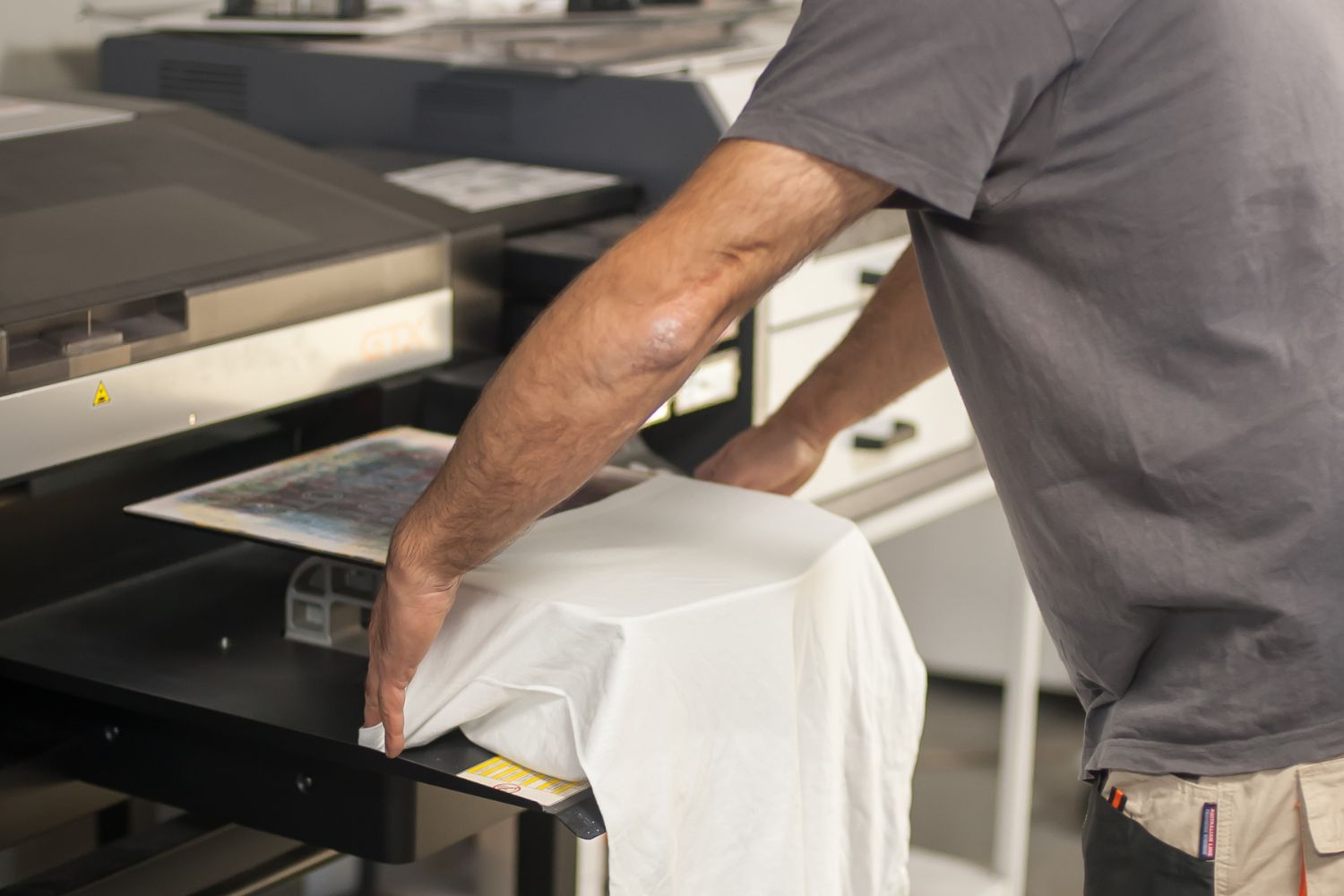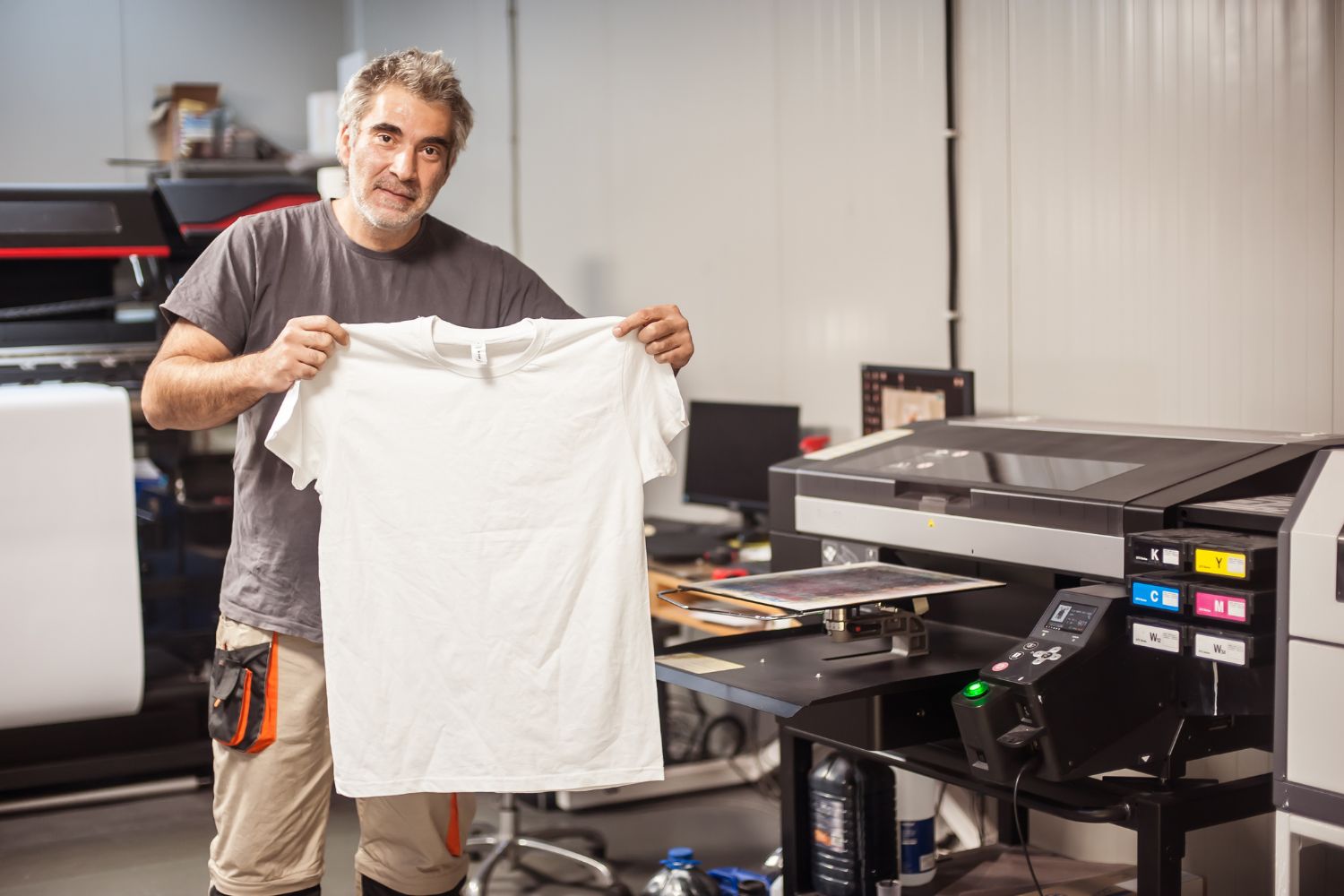Introduction
The textile industry is often criticized for its environmental impact, particularly due to its water and energy consumption and the use of harmful chemicals. However, the emergence of technologies such as direct-to-garment (DTG) printing offers more environmentally friendly alternatives. This article explores the environmental impacts of DTG printing and suggests solutions to mitigate them.
Understanding the environmental impact of DTG printing
Energy and resource consumption
DTG printing requires electricity to run the printers and associated equipment. Energy consumption varies depending on the model and its efficiency. However, compared to traditional methods like screen printing, DTG can be more energy efficient.
👉 Discover our Martil DTG ink for more eco-friendly printing.
Use of inks and their composition
The inks used in DTG printing are generally water-based, making them less harmful to the environment than solvent-based inks. For example, some DTG inks are OEKO-TEX certified, guaranteeing the absence of harmful substances. Martil inks are among the OEKO-TEX certified inks.
👉 Explore our eco-friendly DTG ink for responsible printing.
Waste management and recycling
Used ink cartridges, non-compliant textiles, and other waste generated must be managed properly to minimize environmental impact. Implementing recycling programs and using recycled materials can help reduce this waste.
Strategies to Reduce the Environmental Footprint of DTG Printing
Choice of sustainable materials
Choosing organic or recycled textiles can significantly reduce the environmental impact of your finished products. Furthermore, using certified materials ensures environmentally friendly production.
Optimization of production processes
Adopting practices such as print-on-demand helps reduce unnecessary inventory and wasted resources. This approach also minimizes overstock and unsold items, contributing to more sustainable production.
Regular maintenance of equipment
Proper maintenance of DTG printers ensures optimal performance, extends their lifespan, and prevents costly breakdowns. In addition, regular maintenance ensures consistent print quality, reducing waste from defective prints.
Commitment to eco-responsible practices
Staff training and awareness
Informing and training employees on sustainable practices ensures the effective implementation of eco-friendly strategies. An educated workforce is more likely to adopt environmentally friendly behaviors in their daily lives.
Certification and ecological labels
Obtaining recognized certifications, such as OEKO-TEX or GOTS, demonstrates your environmental commitment and builds customer confidence. These labels ensure that your products meet strict sustainability and safety standards.
Collaboration with green partners
Partnering with like-minded suppliers and partners amplifies sustainability efforts. This collaboration can lead to joint innovations and a greener supply chain.
Conclusion
DTG printing offers an opportunity to produce personalized textiles while adopting environmentally friendly practices. By choosing sustainable materials, optimizing processes, and adopting an eco-responsible approach, it is possible to minimize the ecological impact of this technology. Adopting these measures not only contributes to the preservation of our planet, but also meets growing consumer expectations for sustainability.
👉 Visit our eco-friendly DTG ink to combine print quality and respect for the environment.




Leave a comment
This site is protected by hCaptcha and the hCaptcha Privacy Policy and Terms of Service apply.